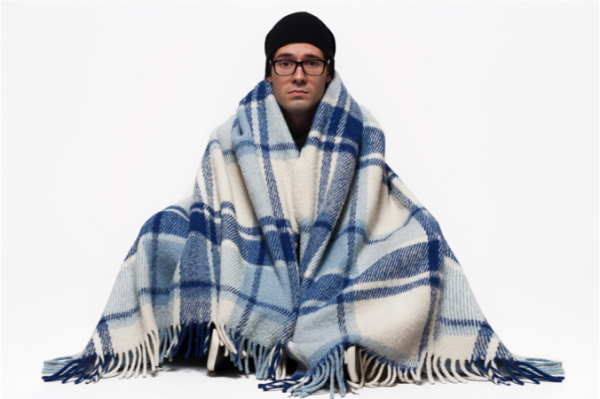Winter is here, and with the temperature plummeting and nights getting colder, how are you going to stay warm without running up a huge heating bill?
Here’s my break down of all the tips I’ve picked up over my years of being a student to keep you warm in these winter months.
Ask yourself if you really need the heating on just yet, if you’re cold but wondering around in a t-shirt and shorts, it’s probably just time to switch back to jumpers and jeans. I’m sure you’ve all been told to layer up, but you don’t have to be a Michelin man to stay warm inside – it’s just about being sensible. If you’re wondering around bare foot, invest in some slippers; you’ll really notice the difference, especially if, like me, your house has got hard flooring throughout.
Often if you’ve been home for Christmas, coming back to your student house in January will be a shock to the system. Don’t go crazy with the heating straight away though – give yourself time to adjust, and most of the time after a while you’ll get comfortable again.
Ok, so you’ve donned your warmest jumper and it’s still far too chilly, so what next? Well, first things first: are you on gas or electric for your heating system? Gas is the answer you want to hear here, because usually the cost per unit of energy you use is far cheaper. Next, what type of boiler do you have? Most houses will be fitted with a combi boiler, which is great. But how do you make the most of it?
Combi boilers are great, because you only pay to heat up the water that you need. Your boiler should have a clock or a timer setting – most of them look something like this:
And here’s the clever bit – firstly you want to move the main white switch you can see so it’s positioned to the timer setting (in this case indicated by a small clock). Next you’re going to want to get together with your housemates and decide when you need the heating on. This is always going to be a compromise in my experience, but usually you can all agree on at least mornings and evenings! Once you’ve picked your times, this is where we start to save money.
With a combi boiler the main cost comes from heating all that water up – so, say you want the heating on from 7:30am-10:00am, push the blue pegs up from 7:30am for an hour, (this should be 4 pegs as they’re divided up into 15 minute intervals on most boilers). Then you’re going to alternate the pegs ‘on’ and ‘off’ at 15 minute intervals until 10:00am – you’ve already heated the water up for a good hour, and it’s not going to totally cool down in 15 minutes, but because the water will retain that temperature (and so will your radiators!) when it comes back on again in 15 minutes it’s not going to cost you anything in heating it back up! Clever huh? You should do the same for your evening timer, or whenever you’ve agreed to have the heating on next, and all this means saving a lot of money over your winter gas bill. The best thing about it is, once it’s set, you can leave it and it’ll do the same thing each day until you all decide its warm again!
If you have a thermostat for your boiler, you want to set the temperature for between 18 and 21 degrees, not forgetting the higher you set this, the more your bills will cost. If you don’t set your radiator valves to medium or high in the rooms you want to heat, keep doors closed to keep heat in and turn radiators off in rooms you’re not using to save money. And on the subject of radiators – don’t cover them with any big pieces of furniture such as beds or sofas – you’re just stopping that heat getting to the rest of the room!
Oh! And about those electric fan heaters that you’re all rushing out to buy – save your pennies! Not only are you going to have to break the bank in buying one in the first place, but because these run on electricity and that’s more expensive per unit than gas, they’re going to cost you infinitely more to run through the winter – not to mention you can only heat one room at a time this way!
So, there you are: jumpers, sensible timer settings, medium to high on your thermostat, doors closed, radiators off when they’re not in use and no fan heaters! You don’t have to break the bank to be warm.








